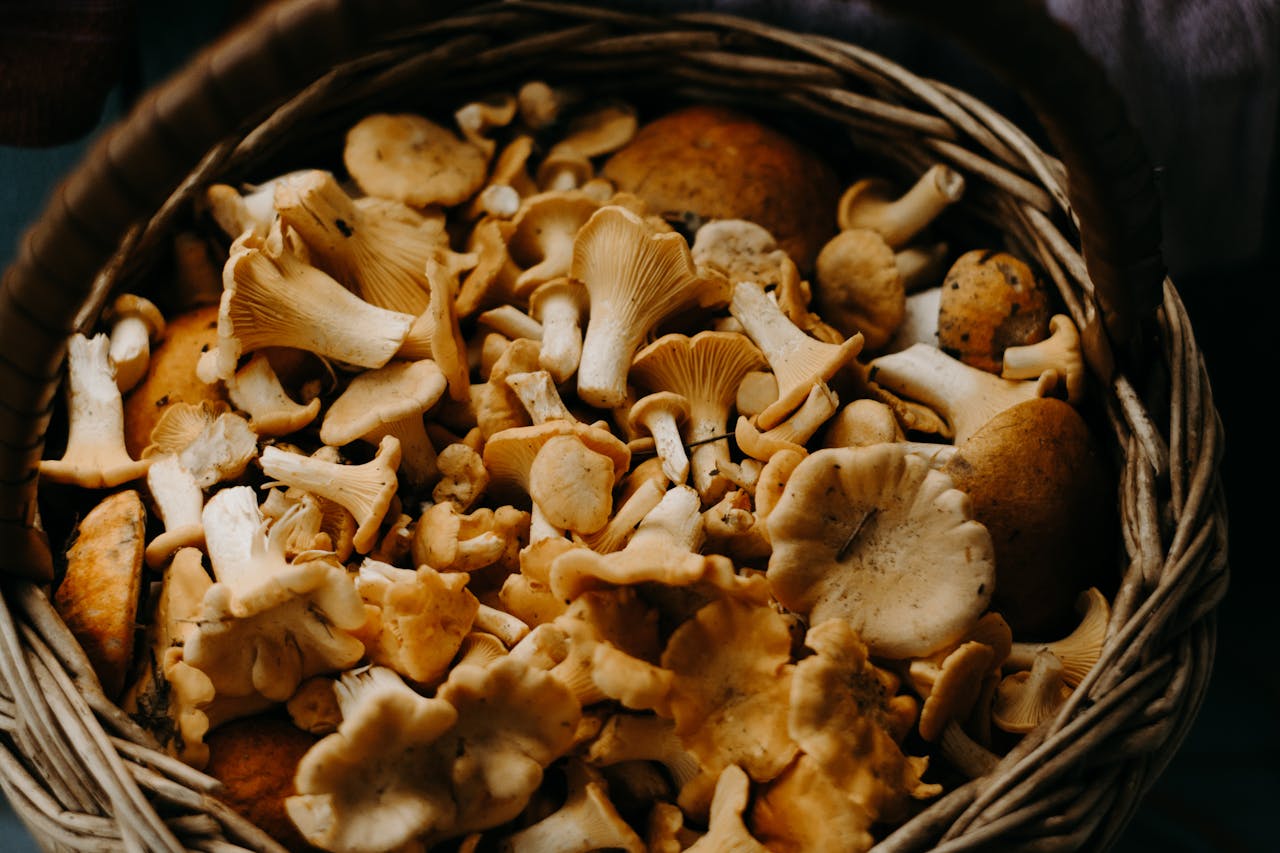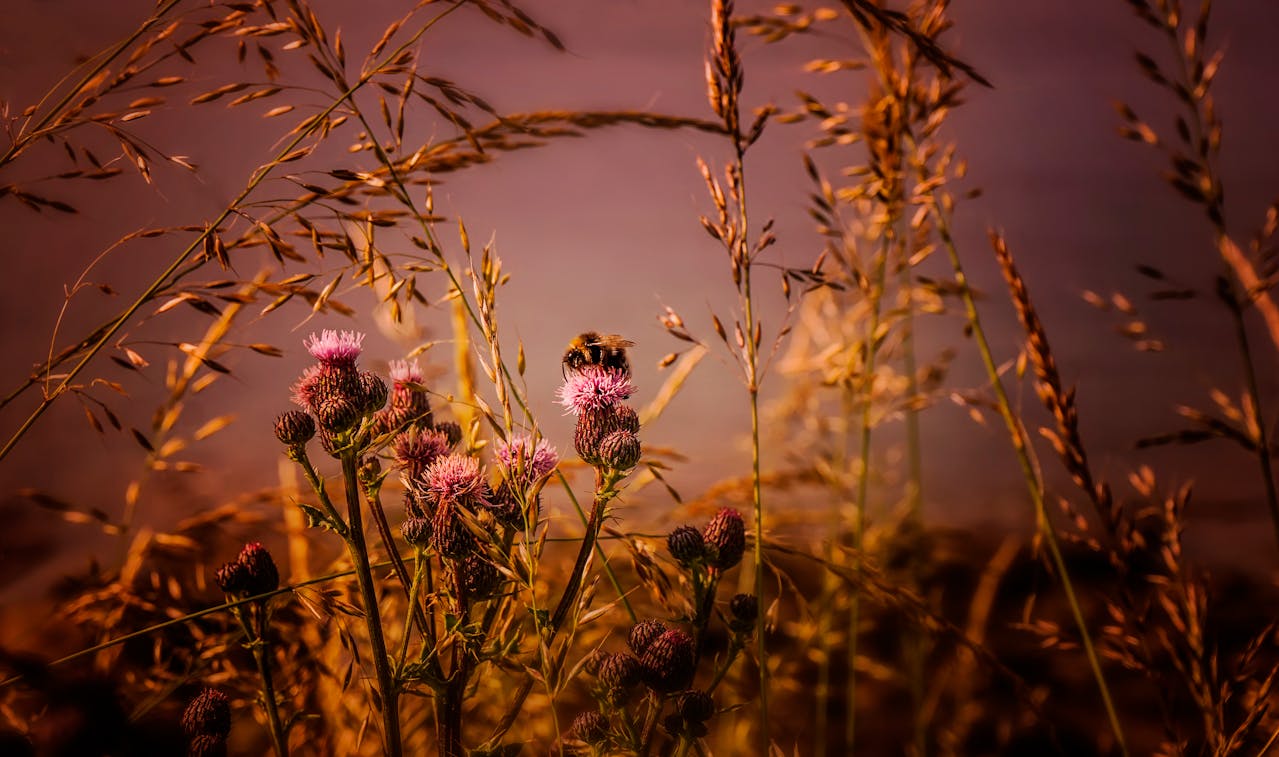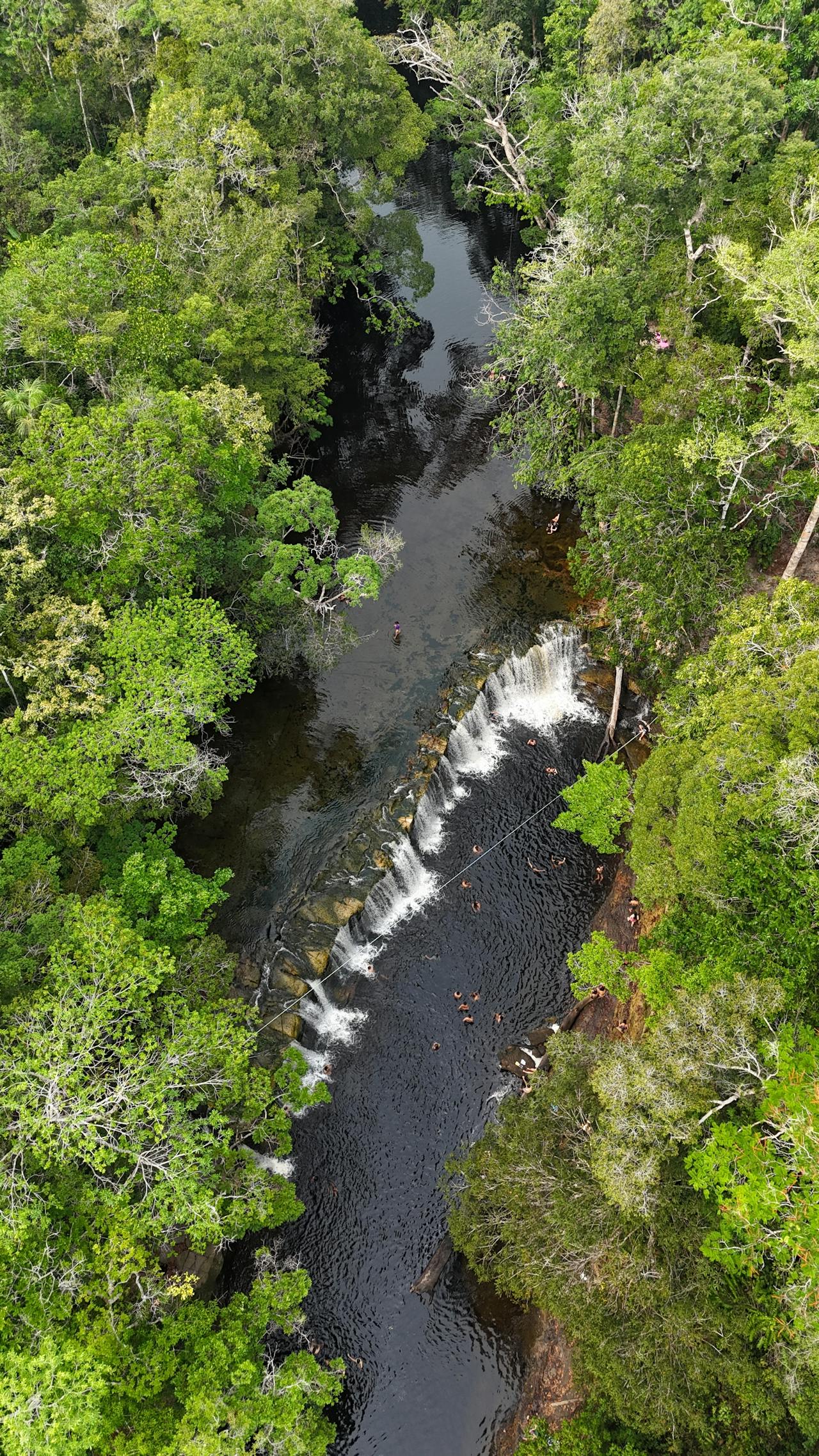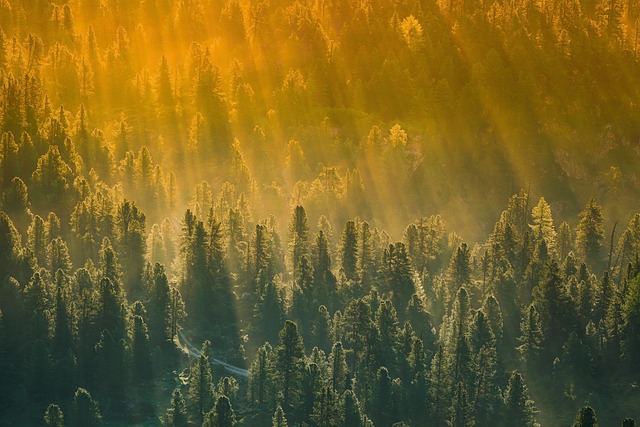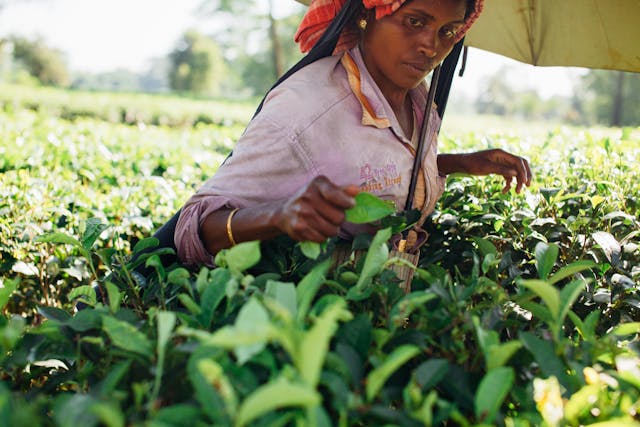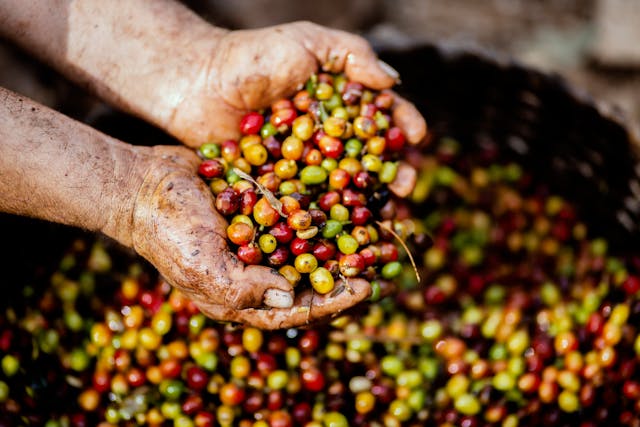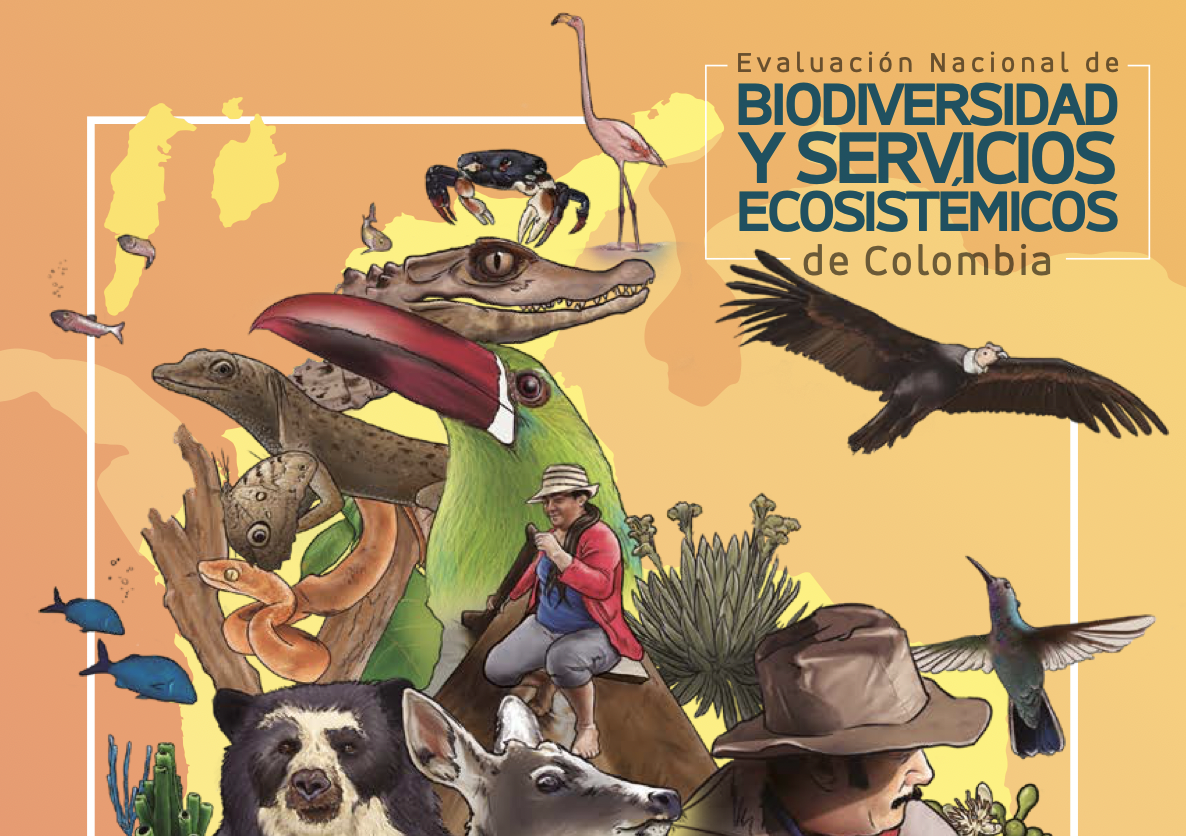Canopy ecosystems provide a wide range of ecosystem services, but because they are difficult to access, knowledge about their conservation is limited. Yakushima World Heritage Site in Japan is characterized by old-growth forests with huge Japanese cedars (Cryptomeria japonica). Canopy soil, originating from litter, is present in the cedars’ crowns, and offers habitat for abundant epiphytes. We hypothesized that the canopy soil invertebrate communities would be distinct from those on the ground. We climbed five retained (>1000 years old) and four regenerated (ca. 300 years old) Cryptomeria trees, the latter established after intensive logging in the 17th century. We investigated the taxonomic composition of invertebrates in canopy and ground soil samples by DNA metabarcoding analyses. In total, invertebrates in 33 orders and 183 families were detected. Invertebrate taxonomic richness identified from the canopy soil of retained trees was similar to that from ground soil, but taxonomic composition differed markedly. Canopy soil of retained trees was deeper and more developed than that of regenerated trees, and held a higher number of taxonomic groups per soil sample area. The results imply that canopy soil of old trees contains rich and unique invertebrate diversity that has not recovered from logging, even after 300 years. Our findings confirm that protected areas with old trees that exclude human disturbances are important for conservation of biodiversity in canopy ecosystems. We also recommend elongation of harvest cycles and a tree retention approach in forestry areas to minimize the impact of logging disturbance.
Legacy Over a Thousand Years: Canopy Soil of Old-growth Forest Fosters Rich and Unique Invertebrate Diversity that is Slow to Recover from Human Disturbance
Year: 2024
























































































































































































































































































































































































































































































































